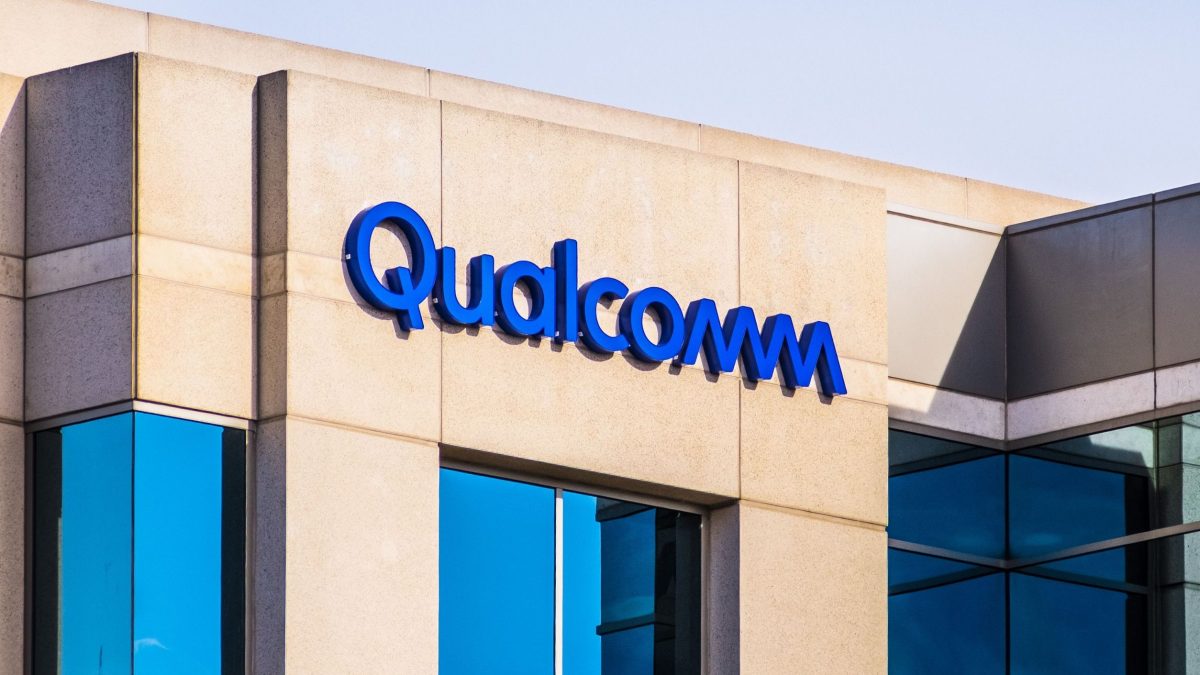Intel Corp (NASDAQ: INTC) is inching down further on Friday after China delivered on its promise of slapping retaliatory tariffs on American goods.
From April 10, all US products will now face a 34% tariff in Beijing.
Intel stock is losing primarily because the struggling chipmaker has significant revenue exposure to China, which could make it more challenging for Lip-Bu Tan, the company’s recently appointed chief executive, to orchestrate a successful turnaround that investors are eagerly anticipating.
Including today’s decline, INTC shares are down well over 20% versus their year-to-date high.
How much revenue does Intel generate from China?
Tan’s appointment as the chief executive of Intel on March 12 was welcomed by investors as he has previously held a leadership position at Cadence Design Systems, and, therefore, knows the industry inside and out.
However, retaliatory tariffs from China could make INTC less appealing to investors again.
In 2024, the chipmaker generated over $15 billion, or more than 29% of its overall revenue, from China.
A potential hit to that significant source of revenue amidst the new tariff environment could prove detrimental for Intel, given it’s already struggling to shield its market share from the likes of AMD and Nvidia.
As tariffs make its products more expensive in China, its customers could turn to rivals, including Samsung, particularly since the South Korean giant has an in-house foundry business as well.
How much revenue does Qualcomm generate from China?
Other than Intel, another US chipmaker that stands to take a significant hit from China’s retaliatory tariffs is Qualcomm Inc (NASDAQ: QCOM).
In fact, the multinational based out of San Diego, California, relies even more on Beijing for revenue.
Last year, QCOM generated more than 43% of its revenue from China, as many of the country’s local smartphone manufacturers use Qualcomm chips.
Higher prices for QCOM products in the wake of President Xi’s retaliatory tariffs on American goods could push local OEMs to alternatives like Huawei’s Kirin series of processors.
Qualcomm stock is already down more than 20% versus its year-to-date high in early February.
What is the Street’s view on INTC and QCOM?
While new tariffs from China add to an already long list of headwinds for INTC, analysts continue to see significant upside in Intel stock through the remainder of this year.
Street’s average price target on the semiconductor stock currently sits at more than $25, which indicates potential upside of close to 25% from current levels.
Part of the reason for their bullish view could be a healthy 2.23% dividend yield that’s tied to Intel shares at the time of writing.
Heading into Friday, Wall Street was even more bullish on Qualcomm stock.
Analysts’ consensus “overweight” rating on QCOM is coupled with a mean target of $200, which translates to about a 45% upside from here.
The post China retaliatory tariffs add to Intel woes; QCOM to also take a hit appeared first on Invezz


